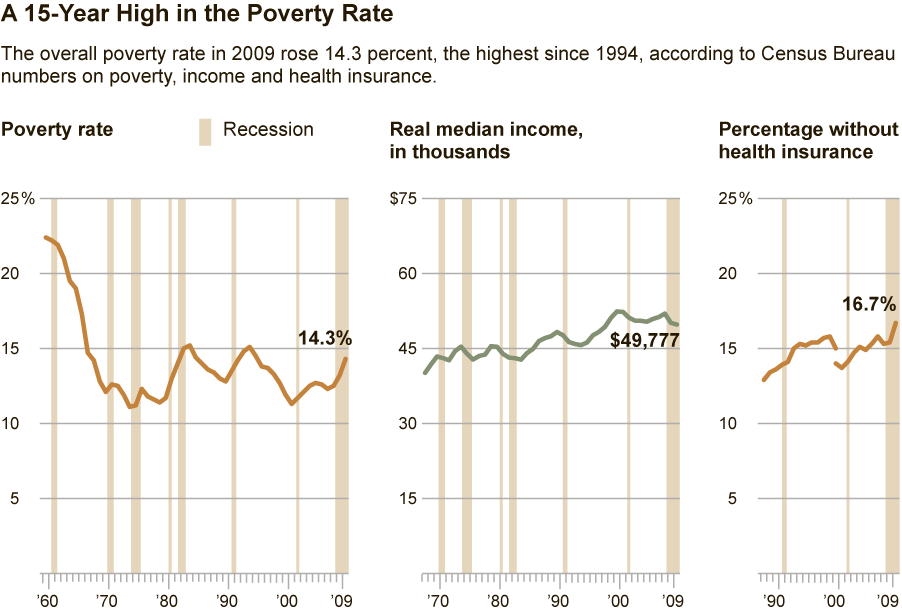| Want to send this page or a link to a friend? Click on mail at the top of this window. |
More Special Reports |
| A SPECIAL SECTION: Haiti since the January 12, 2010 Earthquake |
| Posted Saturday 19, 2010 |
| National |
| Recession Raises U.S. Poverty Rate to a 15-Year High |
|
By ERIK ECKKHOLM |
 |
|
THE NEW YORK TIMES |
| Wehaitians.com, the scholarly journal of democracy and human rights |
| More from wehaitians.com |